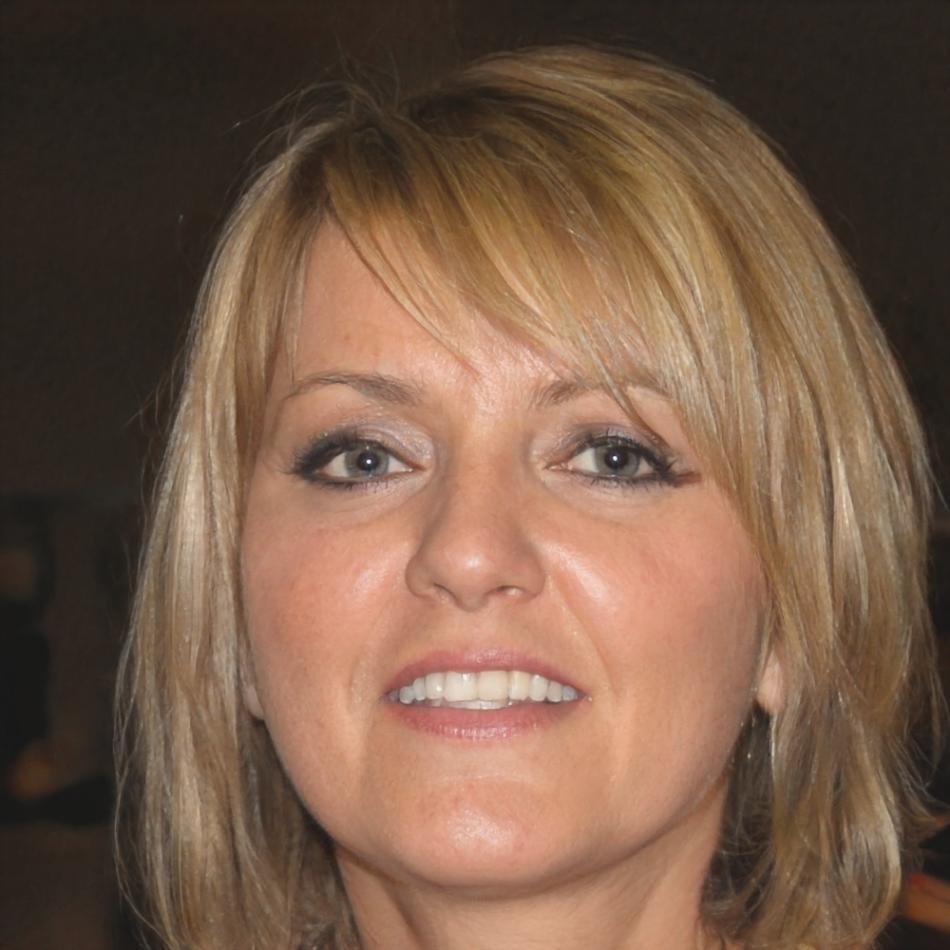Build Games That Work Everywhere
We teach practical mobile game development for cross-platform releases. Our autumn 2025 cohort focuses on real projects, actual deployment challenges, and the messy middle parts that tutorials skip over.
View Program Details


